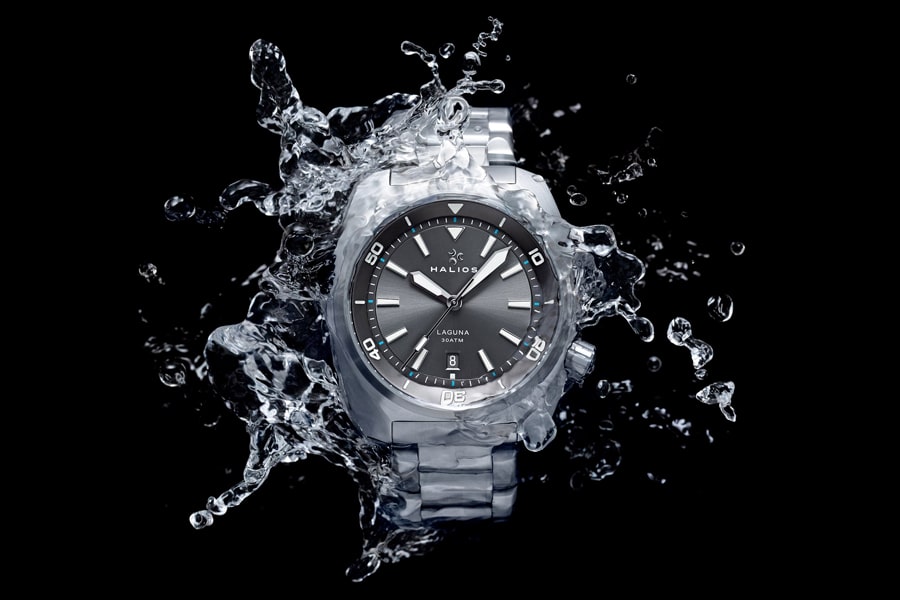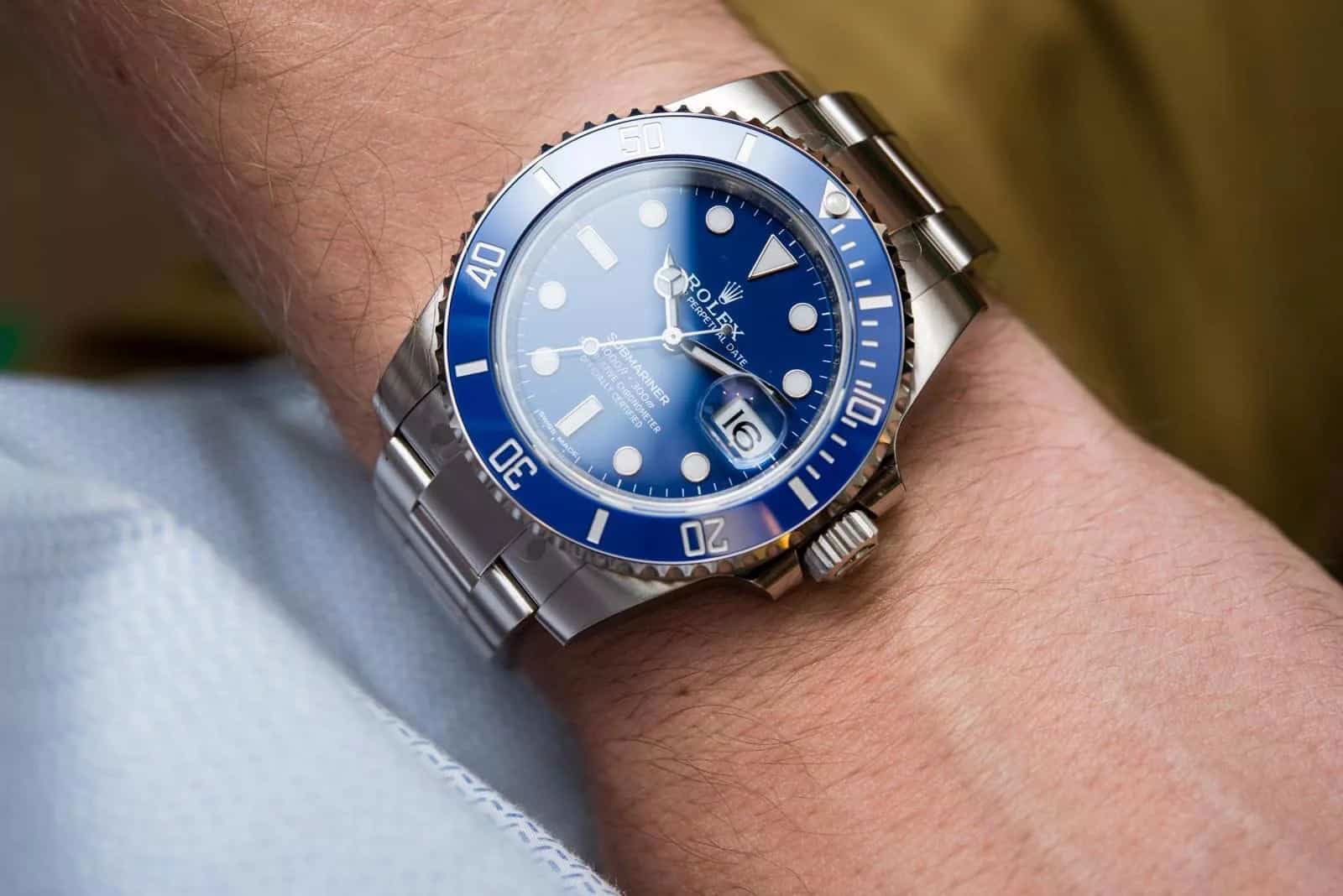Introduction The main source of a watch’s timekeeping precision is an oscillator, which produces constant, periodic motions. The oscillator basically guarantees that a watch can keep a steady rhythm and so measure time consistently. Whereas quartz watches use a vibrating crystal, mechanical watches often get this rhythm from a balancing wheel and hairspring combo. From […]







